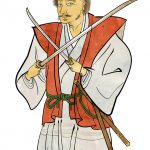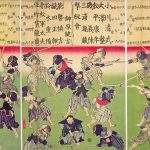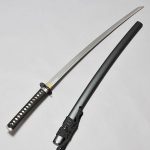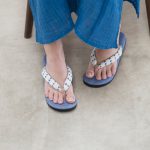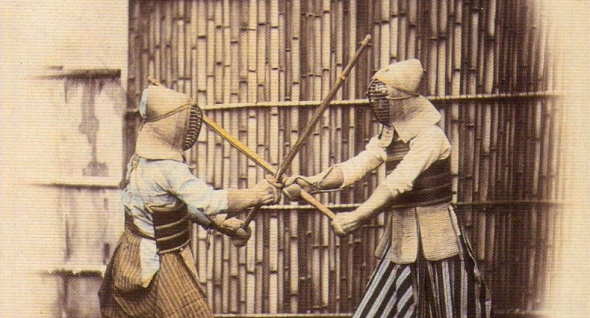
Where did it start and how has it changed?
Anyone practicing kendo and or many other koryu that use them, will be familiar with shinai. Made of either slatted pieces of bamboo, or a single piece of bamboo that has had a measure of the stock split in multiple sections to allow for impact absorption, shinai are a piece of traditional martial arts training equipment.
Although written in Japanese as 竹刀, read shinai, which literally means “bamboo sword,” this is a reading arbitrarily applied to these characters. The word shinai is actually derived from the verb shinau (撓う), or “to bend.” If we read the kanji using a conventional reading for them, we would get chikuto. This could have also referred to a practice spear used in keiko at the time and so shinai may have been re-named to more easily distinguish between the two.
Taking the place of real swords, habiki swords, and wooden swords (bokuto), shinai were created to make direct contact during training possible and thus allow for a more practical, “real world” style of training. Initially, fukuro shinai, or yatsu-wari due to being split 8 times, were used beginning in the mid to late 1500’s.

These shinai could actually be quite soft and would allow for a degree of direct contact (which is not to say that this would not hurt or be potentially dangerous by any means). As they were not used for thrusting, but to imitate cutting motions, these shinai were and remain perfect for many styles of koryu kenjustu. The individual often credited with the invention of the shinai is Kami’izumi Nobutsuna, a Warring States period samurai and credited creator of the sword school known as Shinkage-ryu.
During the Edo period, with the advent and regular use of bogu became common, the stronger, harder, 4 slat shinai shinai used in modern kendo was also developed. However, the regulation of length was not at all standardized and most occasions saw practitioners making their own shinai. One renowned kenshi active in the 1800’s, Oishi Tanetsugu, is said to have used a shinai of 5 shaku and 3 sun, or 160cm in length!
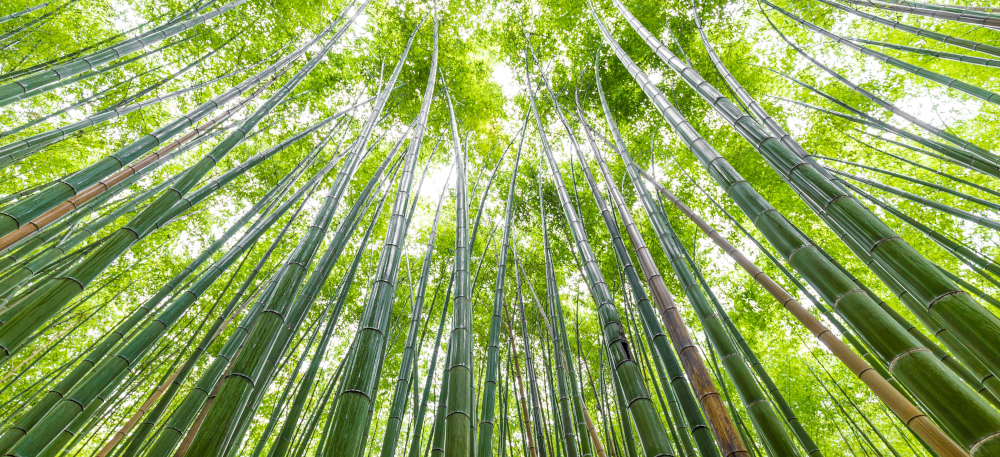
For making shinai, the best local variety of bamboo in Japan is Madake. With its very dense, fine fibers and attractive color, Madake makes for a resilient, versatile, and beautiful shinai. Madake is, however, in limited supply for shinai and can make the cost of shinai a bit higher. In recent days the use of Taiwanese Keichiku bamboo has been used to produce these essential bamboo slats for shinai as its composition is relatively close do Madake in terms of grain and density, but is also easier to split, giving it widespread use in modern, mass produced shinai around the world. Shinai have evolved in modern times into a few distinct varieties with overlap existing between them.
A standard shinai is one that is both well balanced and resilient. They provide the best experience for those first starting in modern kendo. They are also produced the most heavily making them reasonably priced and easy to obtain. The other two main variants in style of shinai will be Dobari and Koto. Dobari in Japanese would literally mean an expanded mid-section. When looking at the silhouette of the shinai, this is easy to understand why the name id used. Just ahead of the tsuka (handle area) of these shinai, the body expands out in a rounded bulbous manner and then tapers down to a thin tip. This allows for the tip of the shinai to be thinner and lighter. The lighter tip allows for very precise, fast movements when in the hands of someone capable and are thus often used for competition. The downside to this design is that the thinner, lighter tip is also more prone to splitting and cracking. The expected lifetime of a Dobari that is used often will be shorter than that of Koto.
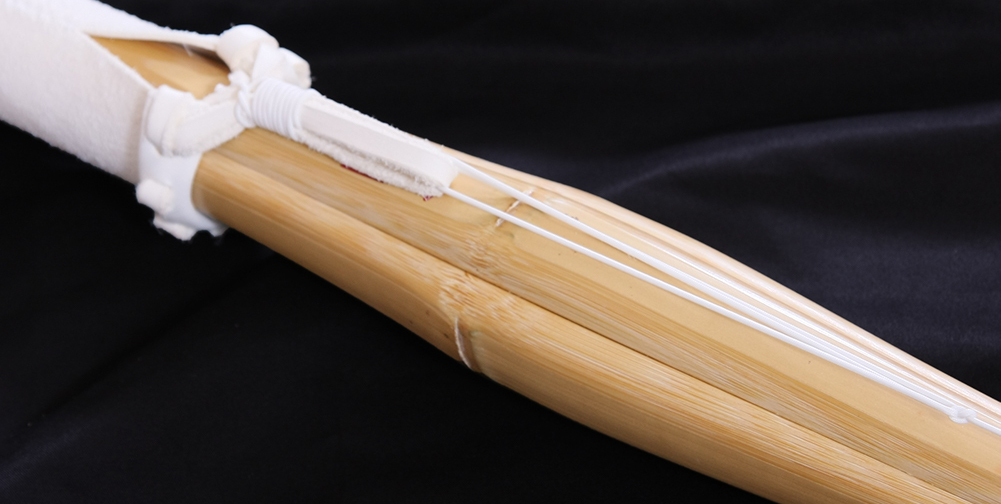
Koto(also known as chokuto which translates to “straight sword”)are as the second name suggest, have a very evenly distributed diameter down the length of the shinai. This does make the area down the length ahead of the tsuba heavier when compared to a standard or dobari shinai, however it does also allow for a very robust and long lasting shinai that is less prone to fracturing quickly. This style is also very popular as with the added weight near the front of the shinai, an advantage is added during ai-men strikes against individuals using a lighter tipped shinai.
There are also numerous shapes and sizes for the tsuka of a shinai. The tsuka diameter can range from 25 to 30mm for adult sized shinai. This will generally be selected based on personal preference, though the size will carry with it a range of alterations to the weight distribution of the shinai. Oval or koban style tsuka are also quite popular as they allow for a better understanding of hasuji (the orientation of the shinai when swinging as it relates to swinging an actual blade with a cutting edge). The oval grip allows the wielder to feel this angle and thus make more accurate swings and strikes. There is also the hakkaku which is an octagonal shaped tsuka and is available in both a standard uniformed diameter tsuka and the oval shaped variant. This again is used primarily for the feedback it gives the user when wearing kote. While a few other styles do exist, such as the triangular cut tsuka, the above will make up the vast majority of shinai with the standard round tsuka being by far the most prevalent.
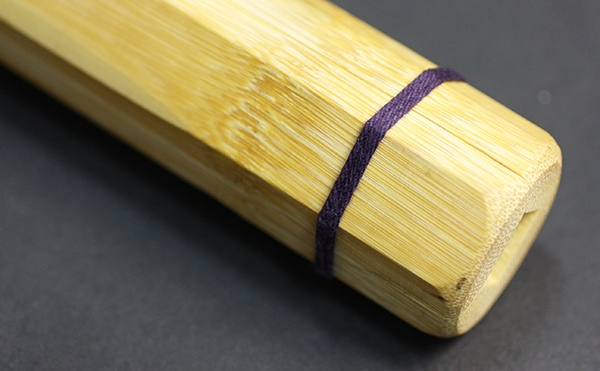
As shinai have become more uniform and regulated in recent times, the specifications for weight, length, etc. have also become standardized and regulated. This is a good thing, of course, as it maintains a high level of safety for those using them. Within the last few years, the All Japan Kendo Federation updated the diameter regulations for the most forward portion of the monouchi (The strike zone on the shinai which will be between a properly placed nakayui and the saki-gawa). Some shinai were having thinner and thinner diameters in this area, which could be prone to breaking and could be very dangerous should this happen during a tsuki attempt, for example. The slats of the shinai must also be tight down the length of the shinai without any open spaces developing between them. Tools have also been developed to test shinai before major events to ensure that these regulations are met and that the competitors are using correctly made, safe shinai.
The weight and length for shinai is also regulated. An adult men’s’ shinai must be less than 120cm in length but weigh more than 510grams. Though they can be heavier, getting a shinai that is too heavy will likely not make someone very popular at keiko. Women’s shinai will have the same length restrictions but must weigh at least 440 grams. Junior-high and high school weights and lengths are lighter and shorter accordingly. The above is only true for practitioners using itto, “one sword,” as nito practitioners will have separate weight and length requirements.
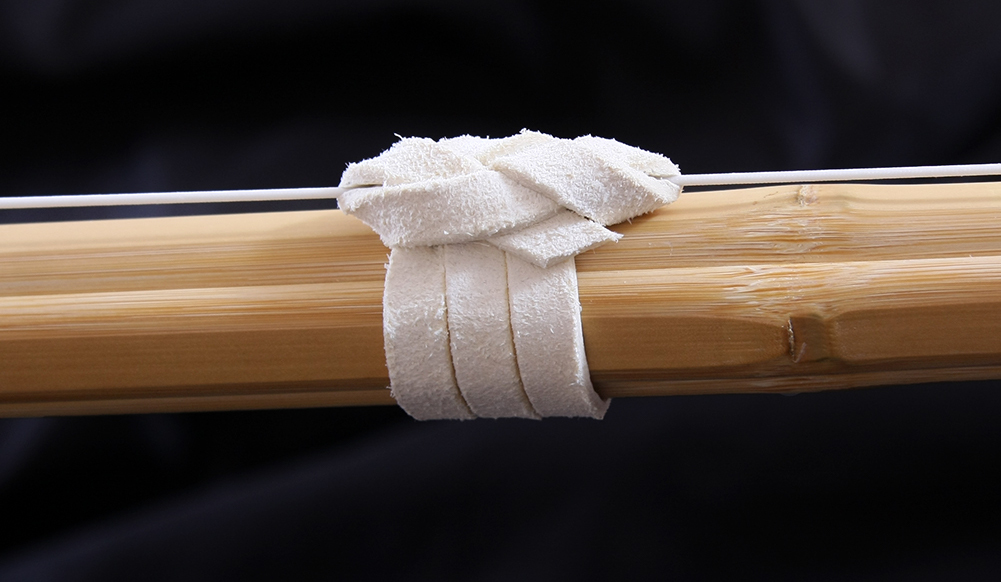
Unlike the fukuro shinai that are made from a single piece of bamboo, yotsu-wari is made of slats of bamboo that require it to be held together at different points. This requires a fitting set or shikumi. The tsuka of the shinai is held together inside by a flat metal chip that is tightly pressed into all four slats and then on the outside by a long leather sheath known as the tsuka-gawa or tsuka-kawa. *The names given to many of these items will have differing names or pronunciations, which can vary from region to region. The second leather portion is a thin leather band known as the naka-yui. This band has a double role to play as it both hold the central section of the shinai together (though it is actually at the 3/4 position) and also acts as the beginning point for the previously mentioned monouchi.
The tip of the shinai uses both a saki-gomu, or a small rubber or plastic plug that fits in the opening created at the tip of the four slats to keep them from being compressed inward. This tip is then fully covered by the saki-gawa, which serves to keep all the four slats and the saki-gomu in place and also creates the tip of the shinai used for tsuki-waza and creates the end of the mono-uchi. All of these leather parts are held in place by the tsuru, a thin, very strong cord made of a blended polyester material, though in the past nylon was also used and even further back this would have likely been made of a tightly wound plant fiber-based cord. Adding a tsuba and tsuba-dome will complete the shinai and it will then be ready for use.
The shinai is an essential element in modern kendo and koryu kenjustu, such as shinkage-ryu. In concept they have changed relatively little over the course of time. Only becoming more refined as time has gone on. While seldom taking center stage, it is always worth considering that without the shinai, many of these budo currently being enjoyed today, may never have come to be.



